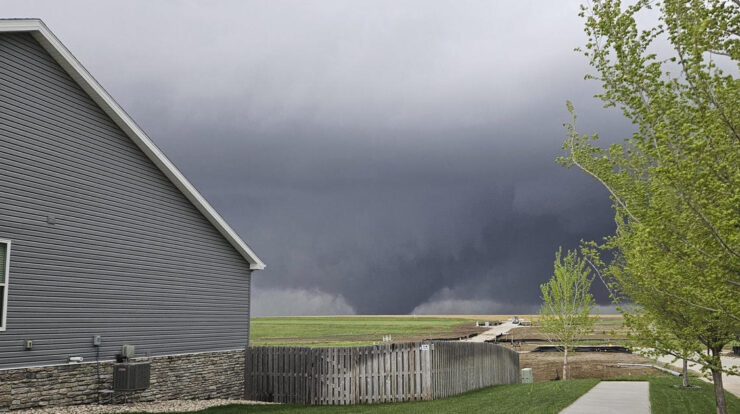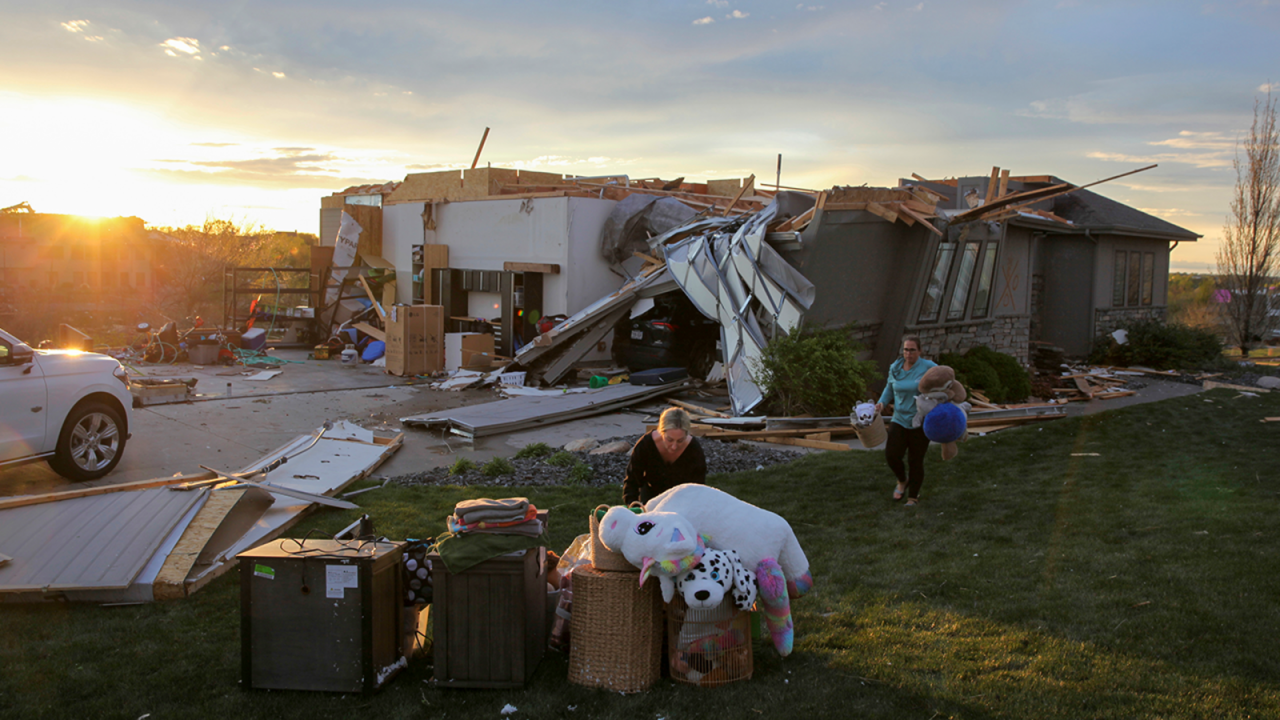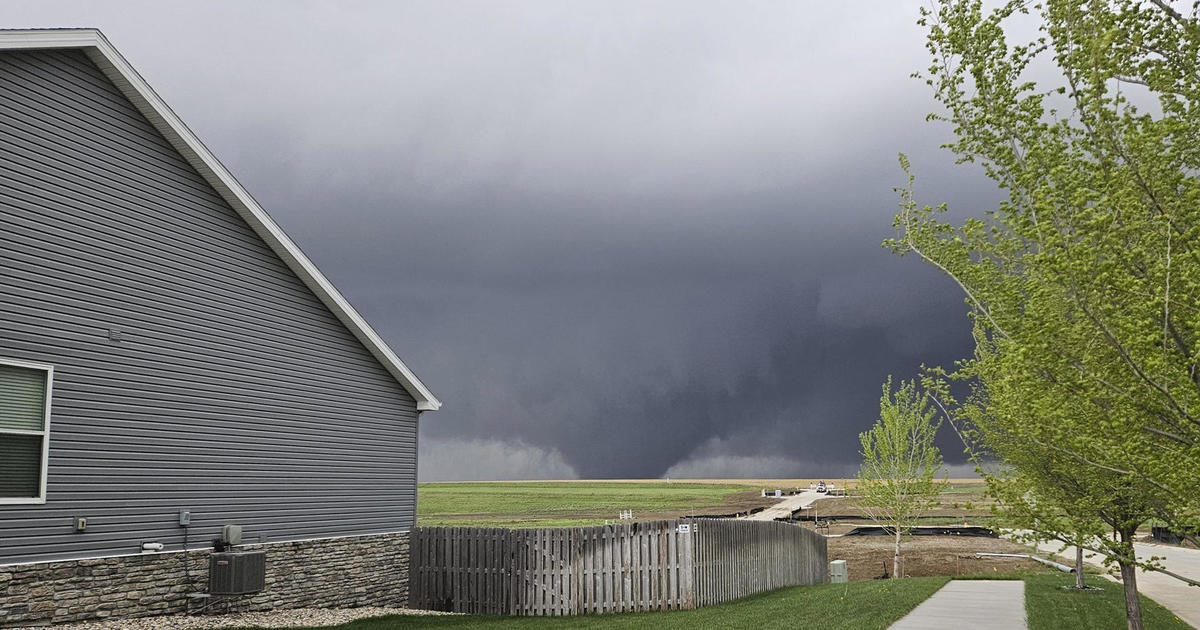
In the heartland of the Great Plains, Nebraska faces the wrath of tornadoes with a frequency that demands attention. Nebraska tornado news has become a recurring headline, highlighting the need for preparedness, safety measures, and a deeper understanding of these formidable storms.
From the devastating EF-5 tornado that ravaged Pilger in 2014 to the recent EF-3 tornado that struck the Omaha metro area, Nebraska’s tornado history is marked by both tragedy and resilience. As we delve into the complexities of Nebraska tornado news, we will explore the factors contributing to the state’s tornado risk, examine the most significant recent events, and discuss essential safety and preparedness strategies.
Nebraska Tornado Statistics: Nebraska Tornado News

Nebraska is located in the heart of Tornado Alley and experiences a significant number of tornadoes each year. According to the National Weather Service, Nebraska ranks sixth in the nation for the most tornadoes reported annually. On average, the state sees about 50 tornadoes per year, with some years experiencing as many as 100. The majority of tornadoes in Nebraska occur during the spring and summer months, with May and June being the peak season.
Tornado Severity and Impact
The severity of tornadoes in Nebraska can vary greatly. While most tornadoes are relatively weak and cause only minor damage, stronger tornadoes can cause significant destruction. The most powerful tornadoes are rated EF4 or EF5 on the Enhanced Fujita Scale, and these can cause widespread damage and loss of life.
In recent years, Nebraska has experienced several devastating tornadoes, including the Hallam tornado in 2004 and the Pilger tornado in 2014. These tornadoes caused extensive damage and resulted in multiple fatalities.
Factors Contributing to Nebraska’s Tornado Risk
There are several factors that contribute to Nebraska’s high tornado risk. The state’s location in the central United States, where warm, moist air from the Gulf of Mexico meets cold, dry air from the north, creates an ideal environment for the formation of thunderstorms.
Additionally, Nebraska’s relatively flat terrain provides few obstacles to the development of tornadoes.
Recent Nebraska Tornado Events

In recent years, Nebraska has experienced several significant tornadoes. Some of the most notable events include:
- Hallam tornado (2004):An EF4 tornado struck the town of Hallam, causing extensive damage and killing two people.
- Pilger tornado (2014):An EF4 tornado struck the town of Pilger, killing one person and injuring 15 others.
- Norfolk tornado (2018):An EF3 tornado struck the city of Norfolk, causing significant damage to homes and businesses.
Tornado Safety and Preparedness in Nebraska

Given Nebraska’s high tornado risk, it is important for residents to be prepared for these events. There are several steps that people can take to stay safe during tornadoes, including:
- Having a plan:Develop a family tornado safety plan and practice it regularly.
- Knowing where to go:Identify a safe place to go in the event of a tornado warning, such as a basement or interior room on the lowest floor.
- Building a tornado shelter:Consider building a tornado shelter on your property.
- Staying informed:Monitor weather forecasts and be aware of tornado watches and warnings.
Tornado Research and Mitigation in Nebraska
Researchers in Nebraska are working to better understand and predict tornadoes. The University of Nebraska-Lincoln is home to the National Weather Service’s Storm Prediction Center, which is responsible for issuing tornado watches and warnings. Additionally, the university’s Cooperative Institute for Mesoscale Meteorological Studies conducts research on tornadoes and other severe weather events.
Mitigation Efforts, Nebraska tornado news
In addition to research, there are also efforts underway to mitigate the impact of tornadoes in Nebraska. These efforts include:
- Tornado sirens:Tornado sirens are installed in many communities in Nebraska to warn residents of approaching tornadoes.
- Tornado shelters:Community tornado shelters are available in some areas of Nebraska, providing a safe place for people to go during tornadoes.
- Building codes:Nebraska has adopted building codes that require new construction to be able to withstand high winds.
Concluding Remarks
Understanding Nebraska tornado news is not merely about sensationalizing the destructive power of nature. It is about empowering communities, equipping individuals with knowledge, and fostering a culture of preparedness. By embracing the lessons learned from past events and investing in research and mitigation efforts, we can collectively reduce the impact of tornadoes and safeguard lives and property.
FAQ Insights
How frequent are tornadoes in Nebraska?
Nebraska experiences an average of 55 tornadoes per year, ranking it among the top ten tornado-prone states in the United States.
What are the factors that contribute to Nebraska’s tornado risk?
Nebraska’s location in the central United States, where warm, moist air from the Gulf of Mexico meets cold, dry air from the north, creates favorable conditions for tornado formation.
What is the most effective type of tornado shelter?
An underground storm shelter provides the best protection from tornadoes. Above-ground safe rooms and sturdy buildings can also offer significant protection.





